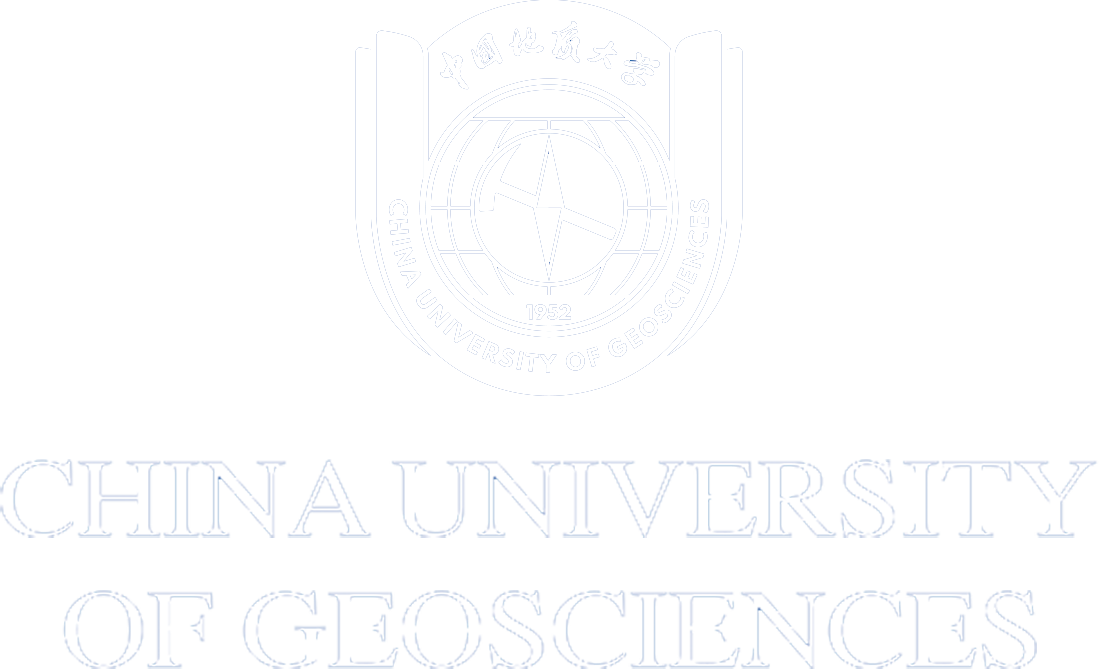The timing and magnitude of deformation across Central Tibet is essential for understanding the uplift history and geomorphic evolution of the Tibetan Plateau; however, the process and geodynamics for crustal shortening and surface uplift remain controversial. Located in the core of Central Tibet, the southern Qiangtang terrane is an ideal area to clarify the above problems. Here we report new geological mapping, geochronological, and thermochronological data in the Duoma-Eyacuo area of the southern Qiangtang terrane. Deformation, balanced cross section, and geochronological constraints show the research area accommodated at least 60 km (29%) and 63 km (31%) of shortening during the Mid-Cretaceous (ca. 125?96 Ma) and early Eocene (ca. 55?40 Ma), respectively. Apatite fission-track results indicate that the southern Qiangtang terrane experienced two stages of rapid exhumation at ca. 115?95 Ma and ca. 55?40 Ma. Correlations of the deformation and thermochronology demonstrate that the southern Qiangtang terrane underwent two-stage crustal thickening and surface uplift during the Mid-Cretaceous and early Eocene owing to the Lhasa-Qiangtang and India-Asia collision, respectively. Our results, together with previous studies, suggest that the extension and collapse of thickened crust after the Lhasa-Qiangtang collision resulted in the formation of the Central Tibetan Valley. The geomorphic evolution of the Central Tibetan Valley involved three significant stages: the broad valley (pre-55 Ma), the narrow valley (ca. 55?40 Ma), and the final extinction (ca. 40?30 Ma). The rise and demise of the valley can be attributed to the India-Asia collision and related intercontinental convergence, and subsequent magma underplating triggered by breakoff (or rollback) of the subducted Lhasa slab.
Article link: https://doi.org/10.1130/B37927.1




 Address
Address
 E-Mail
E-Mail
 Telephone
Telephone